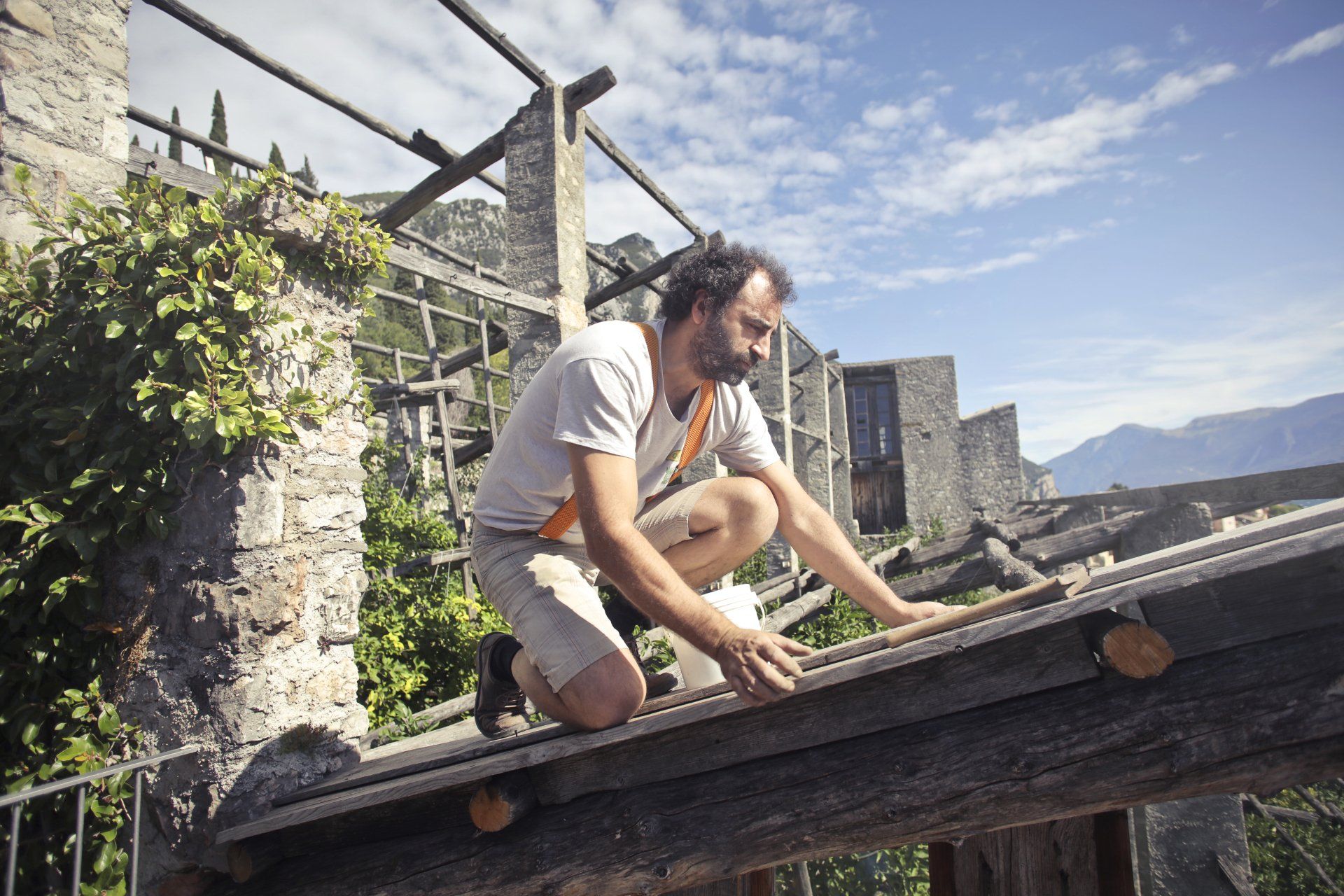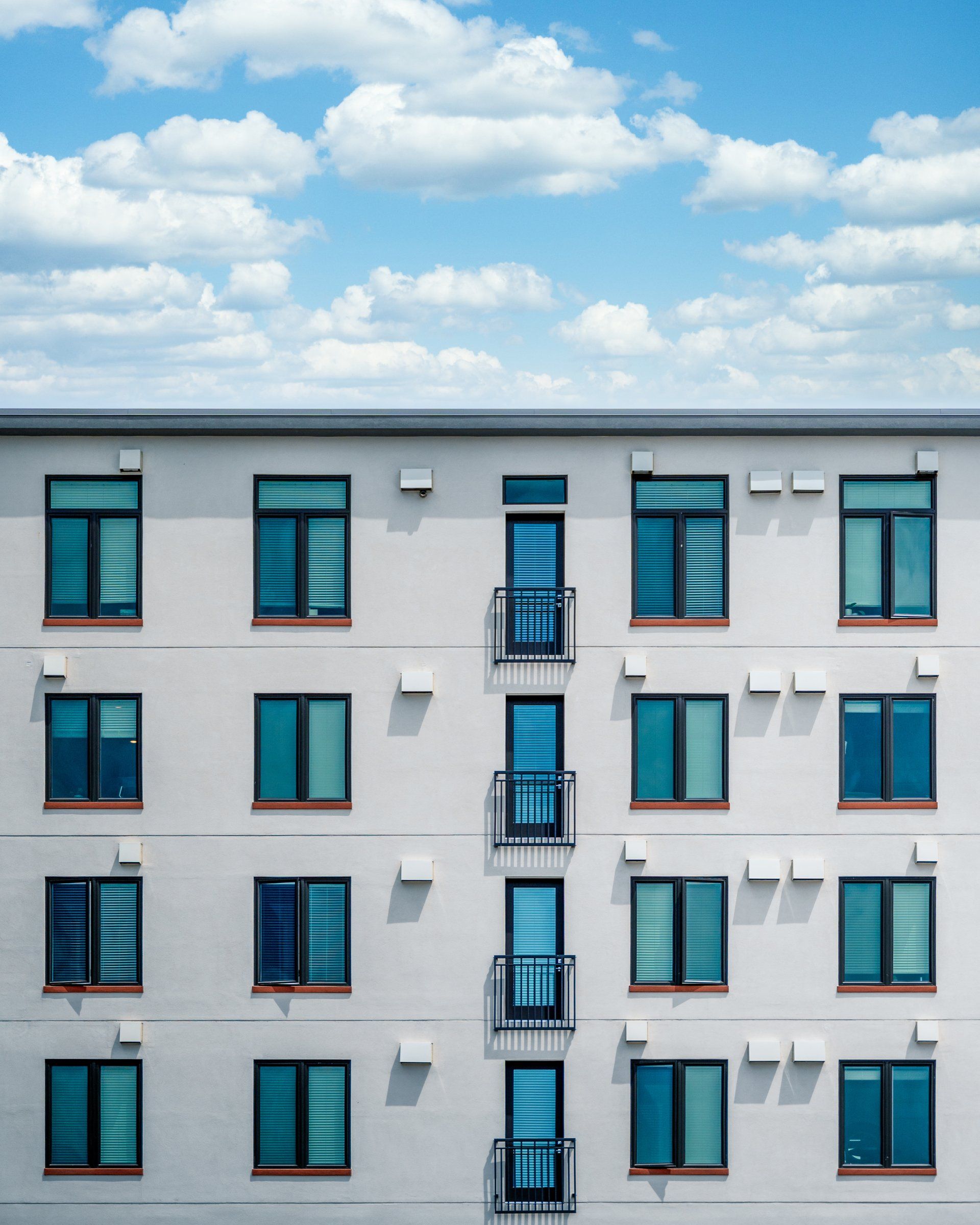Blog
Roof Styles Buying Guide
Most homeowners will spend a lot of time and money to replace or install their roofs. However, it can add curb appeal and protect your home. There are many decisions homeowners will need to make about the style, material, shape, and design of their roofs.
Although the decision-making process can seem overwhelming, it doesn't have to be. We'll be discussing the main characteristics of various roof styles in this article to help you understand their design and durability. This will help you choose the right roof for your home while also helping you to stay within your budget.
What are the benefits of choosing different roof shapes and styles?
There are many styles and shapes available for roofs. Each style offers unique curb appeal and protection from outside elements. A roof that's not designed for your area can cause damage to rain and wind.
Roof Styles
Hip Roofs
Because of their modern design and durability, hip roofs are a popular choice for homeowners. Hip roofs have sloped sides that are equal in length and join at the top to form a ridge. The hip is the area where one roof section meets another. A hip roof is distinguished by its absence of vertical sides or "gables."
Hip roofs almost always have the same pitch or slope, which makes them symmetrical around the centerlines. Hip "bevel" refers to the degree of pitch or slope.
Gable roofs
Another popular roof style is the gable roof. It consists of two slopes and a ridge at its top. This creates a triangle-shaped roof frame. You can modify the roof shape by changing the steepness, adding or subtracting gables, or altering their layout.
Gable roofs are prone to shedding water and snow, but they can be more susceptible to damage in windy regions or areas that have been subjected to hurricanes.
Gambrel Roofs
Gambrel roofs are barn-shaped, with steep slopes on the sides and a gentle slope at the top. This shape is ideal for storage or attic units and gives homes a rustic appearance. It can be found in many homes, including farmhouses and barns, as well as Georgian and Dutch Colonial-style homes. To allow ventilation, you can add windows to the steep slopes.
Mansard roofs
Mansard roofs have slopes that flow down from a low-pitch ceiling. You can choose from a variety of roof silhouettes, including flat, angled, angled or sloped.
Jerkinhead Roofs
The Jerkinhead roof combines elements from both hip and gable roofs. It resembles either a gable with clipped ends or a hip with two shorter sides.
The roof is clipped or turned down, which provides wind resistance and stability. These roofs provide homeowners with additional living space but are more expensive due to their complex design.
Butterfly Roofs
The butterfly roof is a V-shaped structure with two tandem pieces that are angled up. The valley is created by the angle of the midsection, where the pieces meet. This makes the butterfly-like appearance, hence the name.

Roofing Vancouver Quote




